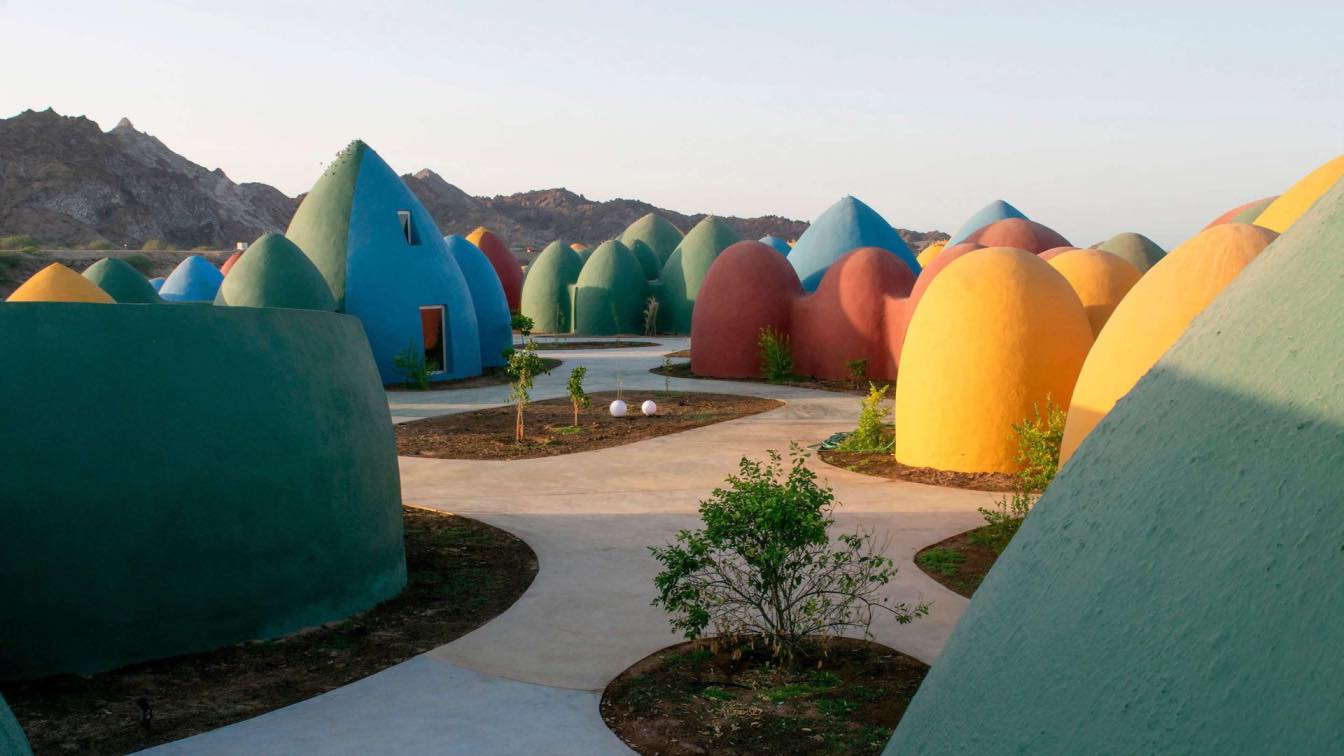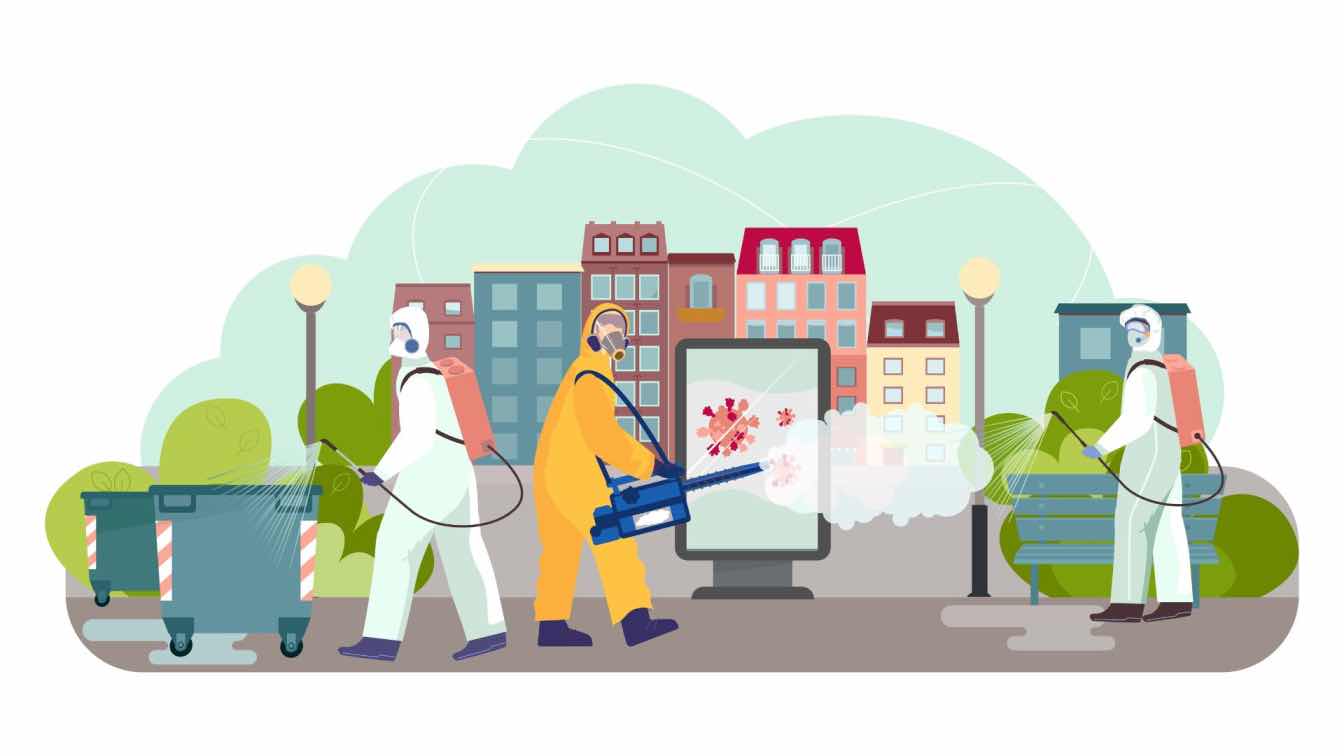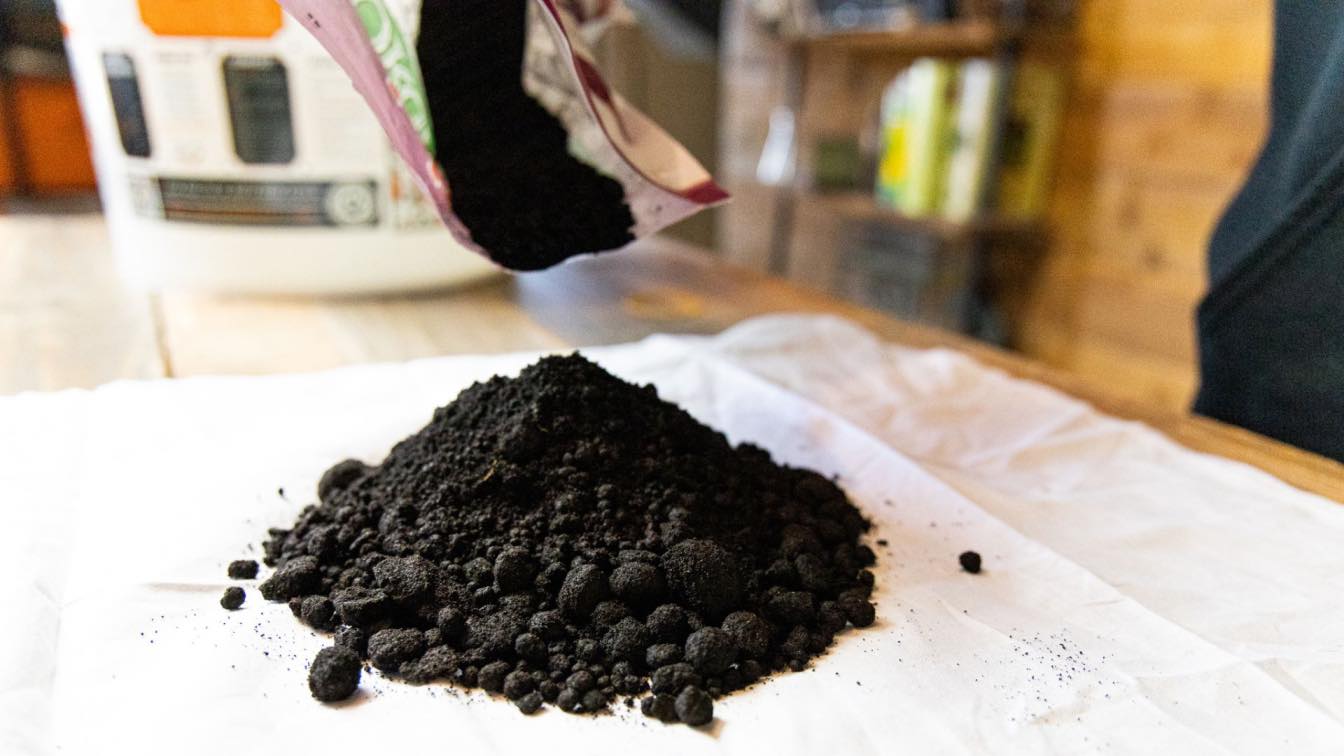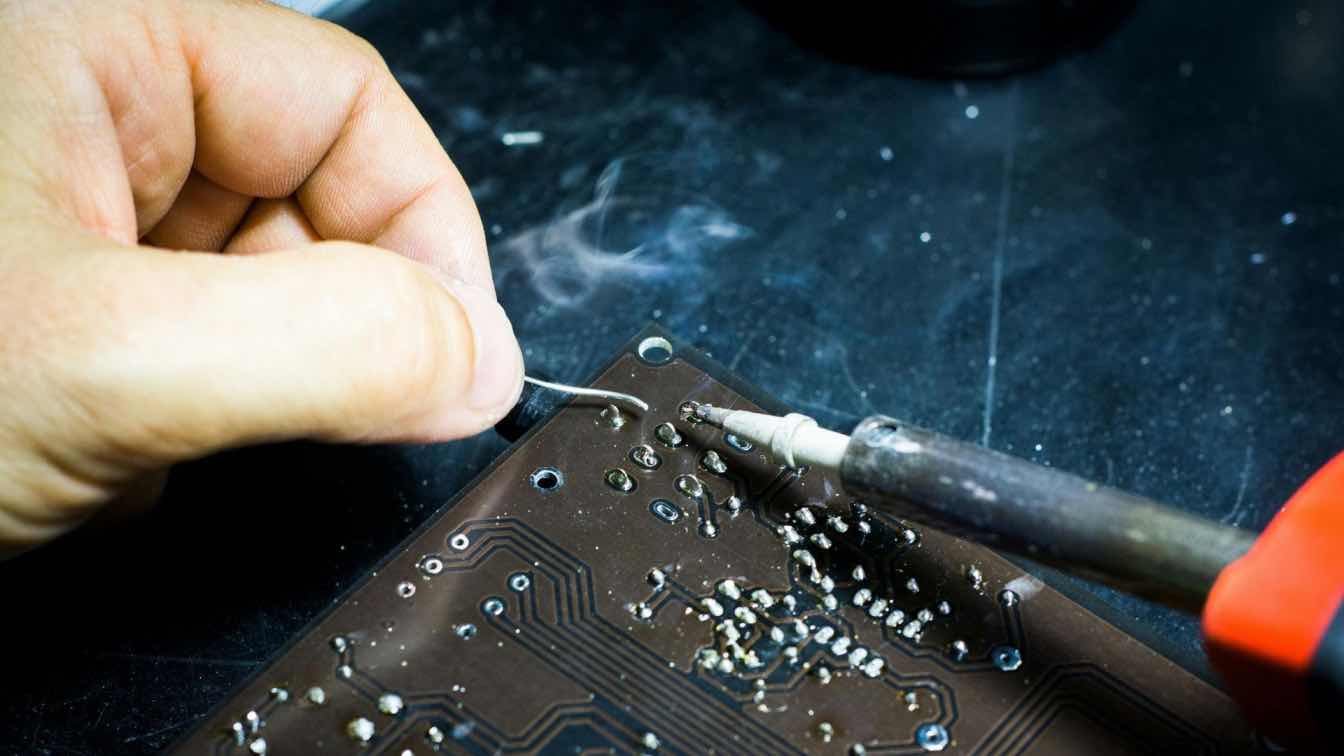In 1984, Iranian architect Nader Khalili developed the innovative earthbag construction technique known as SuperAdobe. It was developed with its potential for building on Mars and the Moon in mind, as a home design for future spacefaring generations. Despite its initial intended purpose, the SuperAdobe home has gained widespread popularity right here on planet Earth, for its efficient and eco-friendly features. In this guide, we take a look in detail at some of the defining qualities of a SuperAdobe home, and what makes each of them so special.
Disaster-resistant
To understand the strength of the SuperAdobe home, you have to look at how it's constructed. Each SuperAdobe is made from long sandbags that are filled with earth, and then layered on top of one another, usually in coils. The sandbags are usually fortified with lime, and each layer bound together with barbed wire.
The method in which these sandbags are layed in order to form a dome makes use of a couple of engineering concepts such as base-isolation, and post-tensioning – essentially, this is the combination of both vertical and horizontal strength, that helps to keep the structure solid and unwavering in even the most extreme of conditions.
As of 2023, SuperAdobe structures around the world have survived multiple natural disasters, including earthquakes in Nepal and Pakistan, Hurricane Maria in Puerto Rico, and the Thomas wildfire in California.
 Presence in Hormuz 2: A multitude of small-scale domes built with the superadobe technique by ZAV Architects
Presence in Hormuz 2: A multitude of small-scale domes built with the superadobe technique by ZAV Architects
Inexpensive
SuperAdobe homes are designed to be made from organic materials, and those materials can usually be found at the site of building. This means that there are few materials that have to be purchased and shipped into the building site – essentially, you are building the home out of the ground beneath your feet.
Similarly, these homes can be made by hand, and they can be made swiftly. They don’t require hired construction workers, or any of their tools that would usually increase the cost of a building project.
For many climates, the insulation provided by the filled SuperAdobe sandbags is just enough to keep the temperature inside stable, meaning that money can be saved on energy bills, too.
Sustainable
Under ordinary circumstances, the building of a home requires plenty of equipment – from transportation vehicles, to bulldozers, to trenchers. Construction work that uses this machinery produces plenty of CO2, as does the use of unsustainable building materials, like concrete, aluminium, and steel.
As the SuperAdobe home mainly makes use of what's locally available to us – the earth, all around us – to form its structure, it is an incredibly environmentally friendly way of living. We can never run out of earth, and we don’t produce harmful emissions when we build with it. Similarly, as the SuperAdobe is such a good regulator of heat, we don’t have to rely as greatly on the burning of unsustainable fossil fuels for energy.
 Bsabess Earthen Ecodome House in Benslimane, Morocco by Ecodome Maroc
Bsabess Earthen Ecodome House in Benslimane, Morocco by Ecodome Maroc
An innovative, accessible design
Nader Khalili’s SuperAdobe is a progressive design, pioneering the way for a more sustainable future, both at home, and intergalactically. Although innovative, the SuperAdobe is simple to build and maintain, making it an accessible option (and one of the first of its kind) for communities across the globe who need to build cost-effective but durable, safe homes.





